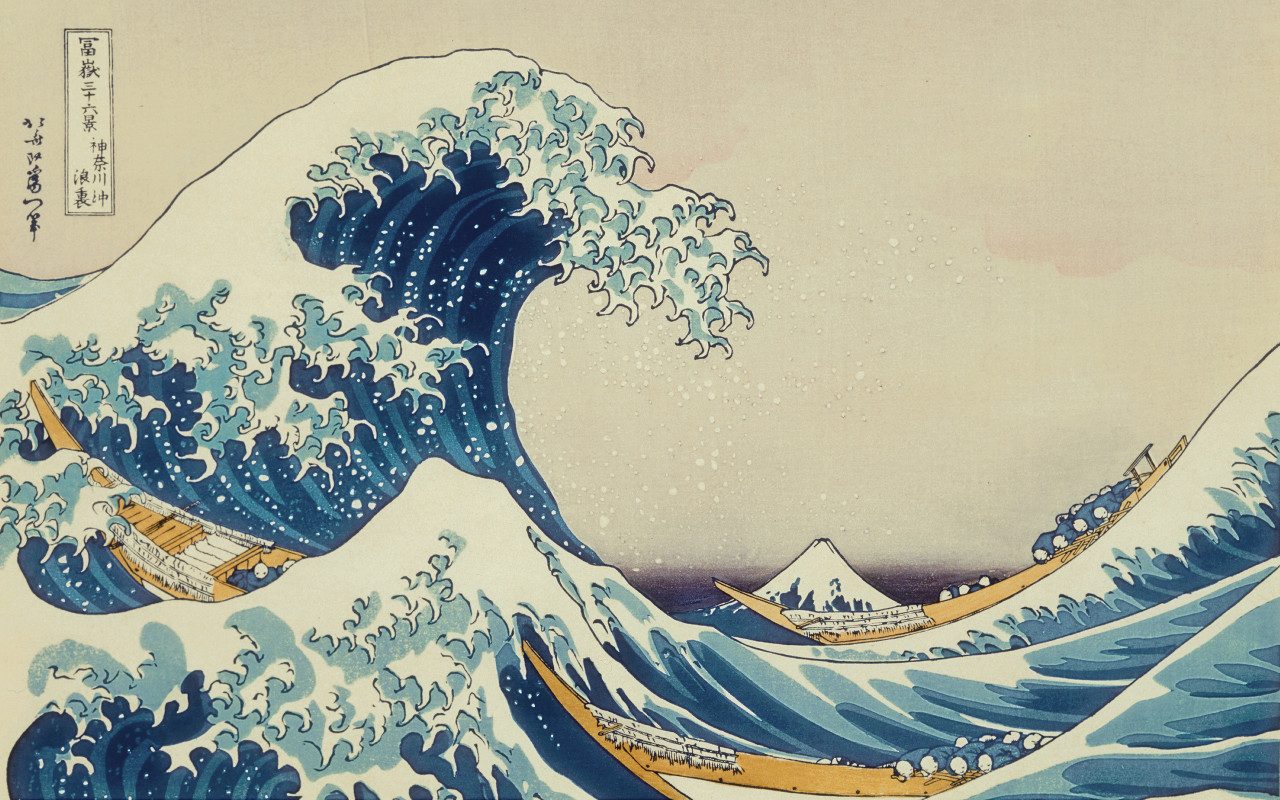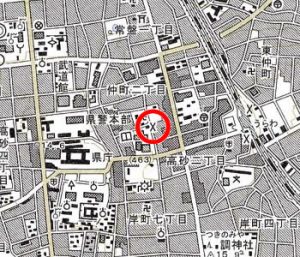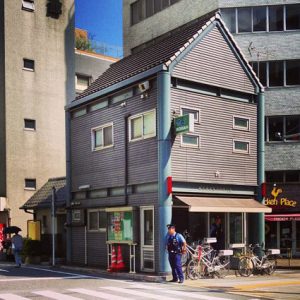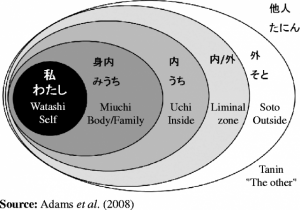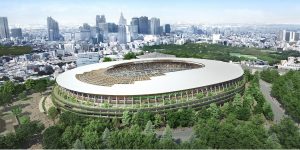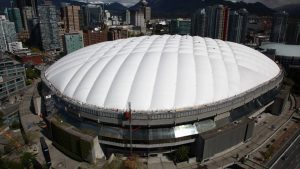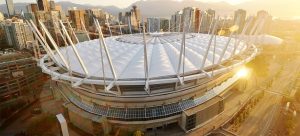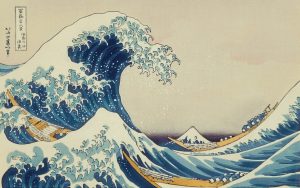A few days ago, I look through my Weibo (Chinese twitter) and found some interesting informations about tourism in Japan. Furthermore, take my own view, I find that there is an increasing number of Chinese tourist to Japan. These informations inspired me and I decided to write about tourism in Japan in my final blog reflection. Besides that, I think this is related to our second project. Therefore the topic of this blog is Tourism in Japan after the triple disasters (more specifically, the foreign tourist to Japan rather than domestic tourist).
Ever since the triple disasters in 2011, especially the Fukushima nuclear pollution, the industry of tourism in Japan got a grievous harm. The number of tourists decreased from 8.6 million to 6.2 million in 2011. However, in 2016, in only five years, the number increased to 24 million. From this data, I think that foreign tourists still have the confidence in Japanese tourism. On the other hand, Japanese tourism has its own advantages. Firstly, the Travel and Tourism Competitiveness Report 2017 ranked Japan at the 4th place out of 141 countrie which is most highest rank place in Asia. Besides that, the Report concluded that Japan received high scores especially in the aspects of health, safety and security, cultural resources and business travel.
Chinese tourists are the largest contributors to the recovery of Japanese tourism. The data from Japan National Tourism Organization illustrates that in 2015 China has had the most tourists visiting Japan for the first time. In 2016, this number increased by 27%. Furthermore, a large number of Chinese tourists spent more than 100 billion RMB in Japan in 2016 within one year time period.
On the other hand, Japanese tourism also has some disadvantages, for example: national tourism policy, publicity for tourism and foreigner-friendly environment. In 2014, the total incoming of tourism in Japan 2027.8 billion Japanese Yen, which even less than those in Malaysia and Thailand. The total number of foreign tourists in Japan is even less than those of Hong Kong and Singapore. And the tourism industry only contributed 1.7% to the total GDP of Japan which is far less than expected. In my perspective, I think Japanese government did not realize the importance of tourism industry. And I think they may need to come up of some tourist-friendly policies in order to attract foreign tourists.
Generally speaking, in summer and winter, the retail stores in Japan would hold special sale events. However, foreign tourists that mainly aim for shopping are relatively less than those in other seasons. Therefore, I think the lack of publicity might be the cause to this unexpected situation. I suggest that the regulators and related officers in tourism sector in Japan may need to work more in publicity.
Furthermore, Japan needs to build a more foreigner-friendly environment for tourists. To begin with, road signs and instructions in public transportations should be more multilingual. And then those work in tourism sectors (such as taxi drives and sales in duty-free stores) should enhance their ability of to serve foreign tourists. Taking examples from the past experience of my friend, he went to a restaurant in Kyoto, but he found a sign in the doorway said that the restaurant do not serve foreigners. I could not understand the reasons behind that. Maybe the owner of the restaurant thinks that foreigners would not be able to appreciate the cuisines. And even more deeply, the culture differences. But isn’t experiencing different culture is one of the main purposes of traveling? That is the reason I think Japan should build a more foreigner-friendly environment to attract more tourists.
Japanese government set the target for the total number of tourists in Japan is 40 million in 2020. I think with the held of 2020 Olympic games they would be able to hit the target. But, at the same time, the industry of Japanese tourism is also required to do better to meet the challenges.
References:
2015年推計値, Japan National Tourism Organization, https://www.jnto.go.jp/jpn/statistics/data_info_listing/pdf/160420_monthly.pdf. Retrieved Dec 2nd, 2017
Bhattacharjya, Samhati (May 17, 2016). “Japan to offer 10-year multi-entry visas for Chinese as part of tourism push”. International Business Times. Retrieved Dec 2nd, 2017.
The Travel & Tourism Competitiveness Report 2017″. World Economic Forum. April 2017.
Tourism in Japan: https://en.wikipedia.org/wiki/Tourism_in_Japan#cite_note-10year-7
http://www.tripvivid.com/articles/3468
